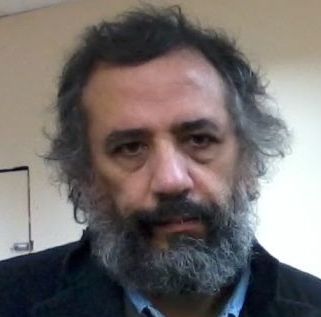

 By VennerRoad, 25th Sep 2016
By VennerRoad, 25th Sep 2016
DNA profiling has put many dangerous offenders behind bars, but it has also led to clearing the innocent. It is though, not without its dangers.

Murder victim
Sally Anne Bowman
On August 2, 1986, the body of 15 year old Dawn Ashworth was found at Narborough in Leicestershire. She had been missing for two days, and her death was no accident, she had been raped, beaten – probably attempting to fight off her attacker – and finally strangled. Six days later, the police had what they thought was a lucky break, a dim-witted teenager named Richard Buckland was found hanging around the crime scene, arrested, and soon confessed to the murder. Three days later he was charged. Case closed?
On September 25, 2005, the body of Sally Anne Bowman was found in a Croydon Street. She had been the victim of a savage attack. The stunningly attractive nascent teenage fashion model had a fiery temper, and around 4am she had an argument with her boyfriend Lewis Sproston, snatching a chain from his neck. When he was tracked down shortly he told the police they’d argued, and was arrested on suspicion of murder. He never confessed, but no one else was in the frame. Case closed?
If Richard Buckland had been arrested for the murder of Dawn Ashworth in 1956 instead of 1986, he would surely have been tried, convicted and hanged. Ditto Lewis Sproston, confession or no confession. As it was, after being held for four days until the DNA results came through, the police were not simply disappointed but astounded; Sally Anne had been raped, but not by him.
Buckland spent much longer in custody, and he was lucky in the extreme because his exoneration was the first ever in the history of DNA profiling, indeed the man who developed the technique was called in especially to strengthen the case against him. Dawn Ashworth was murdered not by Richard Buckland but by Colin Pitchfork, whose case was discussed here earlier this year; she was not his first victim. Sally Anne Bowman was murdered by an incredibly depraved individual named Mark Dixie who was convicted at his February 2008 trial on compelling evidence. Although he has never been charged, he is known to have committed two, perhaps three murders in Australia.
Incredibly, another man was arrested for one of his crimes. Dutchman Romano van der Dussen was given a fifteen year sentence for the August 2003 rape of a woman in Spain. He bore a facial resemblance to Dixie, who eventually did one decent thing in his life, and confessed. Mr van der Dussen’s conviction was quashed by the Spanish Supreme Court only in February this year.
The exoneration of the likes of Richard Buckland and Lewis Sproston has led to calls for a universal DNA database. In the UK, the police routinely take DNA samples from anyone who is arrested whether or not that individual is subsequently convicted or even charged with an offence. This is what led to the arrest of Mark Dixie. Furthermore, certain people including police officers have their DNA taken for exclusion purposes, as well as their fingerprints. Like fingerprints though, DNA profiling is not a science, rather it is an art that has been dressed up as a science and presented to the public as magic. For example, today, DNA profiles are obtained from minute samples, which can lead to serious errors.
This paper from a decade ago shatters the myth of DNA profiling as the invulnerable weapon in the detective’s arsenal; it includes the case of a man who was arrested on suspicion of committing a murder in Italy, a country he had never visited.
To Wikinut Articles Page